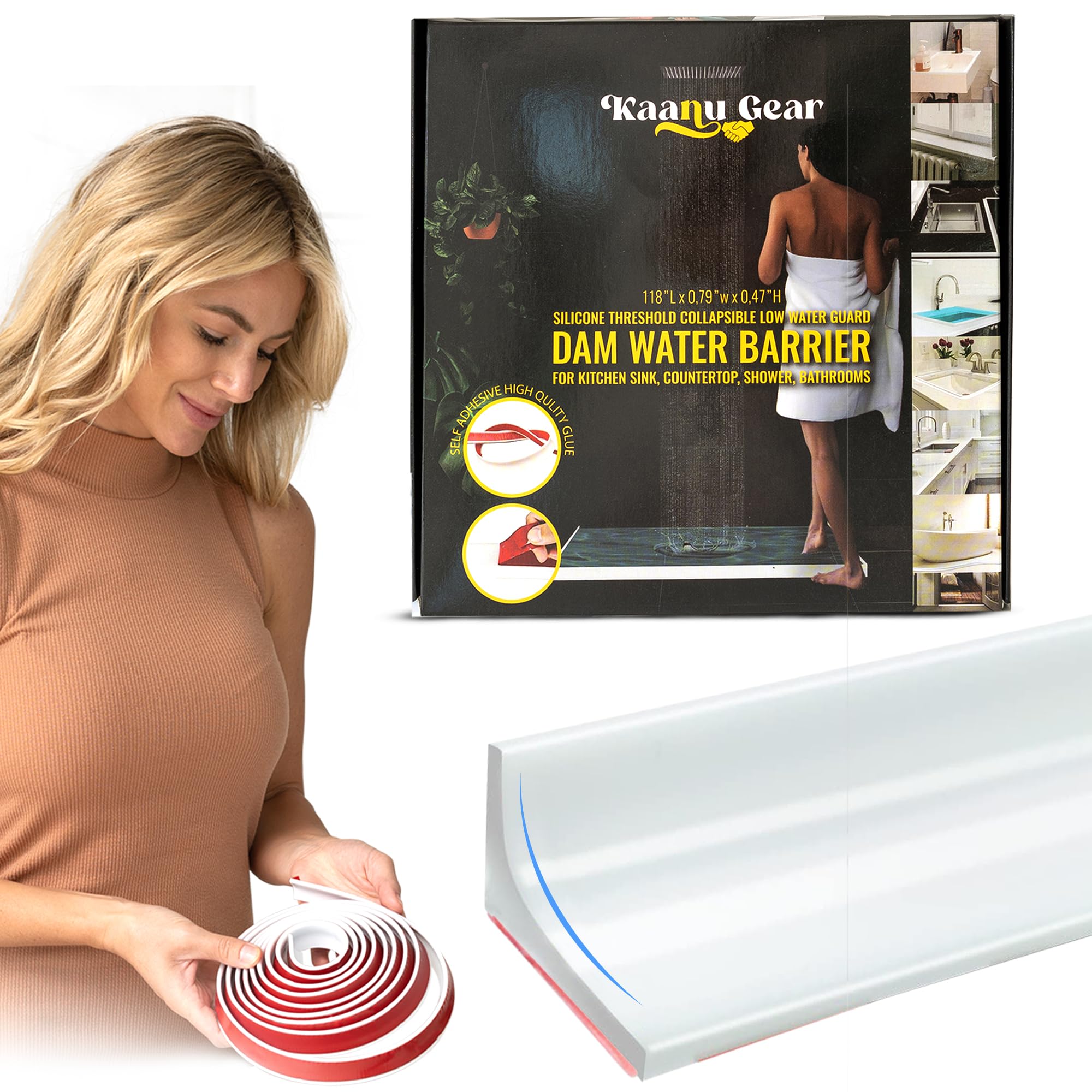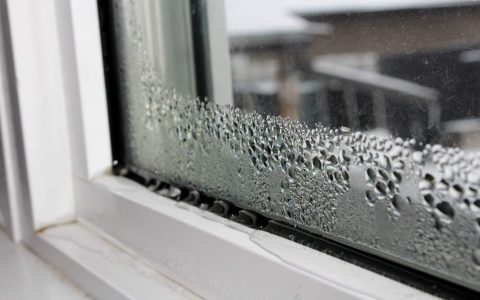Understanding Waterproof Trim
Waterproof trim refers to finishing materials specifically engineered to resist moisture ingress, prevent water damage, and provide a durable, aesthetic edge in environments prone to humidity, splashes, or direct water contact. Unlike traditional wood trim, it does not rot, warp, swell, or support mold and mildew growth when exposed to moisture.
Key Benefits
- Moisture Resistance: Its primary advantage is its imperviousness to water, preventing damage commonly seen in porous materials.
- Durability: Waterproof trims, typically made from synthetic materials, offer a long service life and withstand harsh conditions better than wood.
- Low Maintenance: They generally require minimal upkeep, often just wiping clean. They do not need periodic sealing or painting to maintain their waterproof properties, though many can be painted for aesthetic preference.
- Mold and Mildew Prevention: The non-porous surface inhibits the growth of mold, mildew, and fungi, contributing to a healthier environment.
- Stability: These trims maintain their dimensional stability even with temperature and humidity fluctuations, resisting cracking or splitting.
- Pest Resistance: Materials like PVC or polyurethane are not susceptible to termites or other wood-boring insects.
Common Materials for Waterproof Trim
Several materials are prominent in the manufacturing of waterproof trim:
- PVC (Polyvinyl Chloride): A widely used plastic, PVC trim is completely waterproof, durable, relatively inexpensive, and easy to work with. It comes in various profiles and can often be painted.
- Polyurethane: High-density polyurethane trim is also entirely waterproof and offers a crisper, more detailed appearance, often mimicking wood grain effectively. It is robust and holds paint well.
- Cellular PVC: This is a type of PVC that has a foam-like core, making it lighter than solid PVC but still maintaining excellent waterproof characteristics and workability.
- Coated or Treated Composites: Some engineered wood or composite materials are heavily treated or coated with waterproof layers. While highly water-resistant, it's crucial to ensure their core material and cut edges are properly sealed if not inherently waterproof.
Typical Applications
Waterproof trim is ideal for a range of interior and exterior applications:

- Bathrooms: Essential around showers, bathtubs, vanities, and as baseboards.
- Kitchens: Used for baseboards, around sinks, and as window/door casings.
- Laundry Rooms: Protects against splashes and high humidity.
- Basements: Particularly in below-grade areas susceptible to dampness.
- Exterior Use: For window and door surrounds, fascia, soffits, and other trim applications where exposure to rain and elements is constant (ensure the specific product is UV-stable and rated for exterior use).
- Pool Houses & Spas: Environments with high moisture and chemical exposure.
Installation Considerations
Proper installation is key to achieving a truly waterproof and lasting finish:
- Fasteners: Use corrosion-resistant fasteners, such as stainless steel or appropriately coated nails and screws.
- Adhesives & Sealants: Employ high-quality, waterproof construction adhesives and caulk compatible with the trim material. Ensure all joints, miters, and edges are thoroughly sealed.
- Cutting: Most waterproof trims can be cut and machined using standard woodworking tools. Follow manufacturer recommendations for blade types.
- Expansion and Contraction: Synthetic materials can expand and contract with temperature changes. Account for this by leaving appropriate expansion gaps, especially on long runs, as per manufacturer guidelines.
- Painting: If painting, ensure the trim surface is clean and use a paint formulated for adhesion to plastics or the specific material of the trim.










